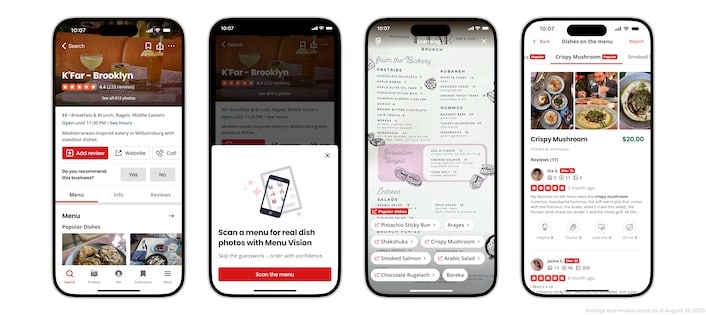Within the hot retail media trend, we’re starting to see a sub-trend. Yes, it’s a trend within a trend. Specifically, many of the 200+ retail media networks are reaching a point where they need to grow past their own physical spaces. And they’re reaching limits in their addressable market of advertisers.
The answer to the former is to find ad inventory offsite – In other words, beyond the physical spaces under their retail roofs. We’re talking digital properties and other ad inventory they have access to, such as websites, e-commerce operations, social channels, and other affiliates beyond their store aisles.
And the answer to that second growth constraint – the addressable market of advertisers – is to open up their networks to non-endemic brands. That’s a fancy way of saying brands that don’t sell products on a given retailer’s shelves. This notably opens things up to non-product categories, such as local services.
Logical Move
Unpacking these growth avenues one at a time, offsite inventory is the next logical move for retailers who have engaged audiences outside of their physical store aisles. This includes well-traveled eCommerce engines such as Walmart.com. In fact one of the biggest retail media players, Amazon, is online-only.
This general principle continues to take different forms in terms of finding additional places to use retailers’ first-party data to inform ad placement outside of their stores. And in some cases, it’s happening at the fringes of retail media, where the category reaches retail-adjacent digital players.
An example of the latter is Instacart, which just formed a deal with YouTube to use its first-party shopping data to target YouTube Shopping ads. This will include targeted brand messages – starting with Clorox – that lead users towards calls to action to jump right to Instacart to place orders.
This may raise privacy flags in terms of sharing data with third parties – in this case, YouTube/Google. But the ad targeting seems to be contained to Instacart’s own ads on YouTube, rather than all YouTube advertisers. This represents a sort of “bring your own first-party data” orientation we may see more of.
In any case, the common thread is entities that are using first-party shopping data to empower their ad targeting in other places where they may have a presence. This can happen through owned and operated channels (e.g., Walmart/Walmart.com) or through collaborations (e.g., Instacart/YouTube).
Tiger Pistol Adds Amazon Sponsored Display Ads to its Platform
Open the Floodgates
Moving on to non-endemic strategies, the thought here is to open the floodgates to a broader universe of advertisers, beyond those carried on a given retailer’s shelves. Those shelf-present endemic advertisers were a logical place to start, due to existing relationships that were expanded into ad buys.
But that universe of endemic brands is only so big, so at a certain point it makes sense to widen the tent. And we’re seeing that happen all over the place. Amazon recently made this move, as did Walmart. Last week, they were joined by Albertsons, which likewise unlocked the non-endemic opportunity.
One reason this is particularly interesting to the Localogy-verse is that it brings retail media from the brand world to SMBs. This is because a large category of non-endemic advertisers is local home services. You can’t otherwise sell landscaping, pool cleaning, and pest control on a store shelf.
But the non-endemic move opens things up to that long tail of local players. Moreover, the contextual ad opportunities are rich for these SMBs, as we’ve examined. Local contractors can now advertise near tools at Walmart, and local landscapers can advertise near lawn care products on Amazon.
In fact, this opportunity stands behind Amazon’s pilot program to fill Sponsored Display Ads with more local advertisers. And it’s enlisting the help of resellers and ad tech players in the local realm, including Hibu and Tiger Pistol. Expect more along these lines, and the continued expansion of retail media.



